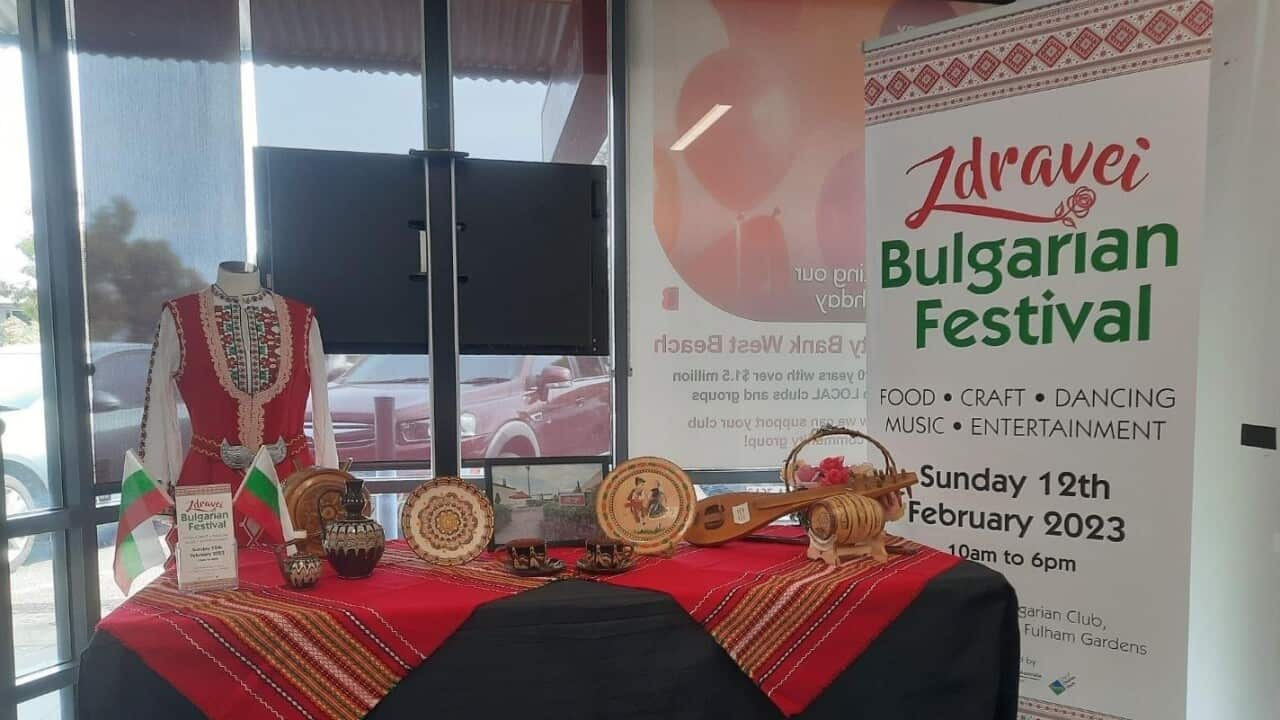Dr. Maria Stajkova continues to guide us virtually from the Whitsundays north to Port Douglas.
Around 1860, gold was discovered north of the current largest city in north-eastern Australia - Cairns. In 1876, a settlement was founded, named after the governor - Sir William Wellington Cairns. In 1903 Cairns had a population of 3,500 and was declared a city.
Gold attracted fortune seekers from all over the world who needed provisions and by 1876 the new town of Port Douglas had a population of 12,000. Cedar was exported from the port of Port Douglas.
Australian cedar trees are up to 60 meters tall and have a trunk diameter of about 10 meters. The largest cedar tree was cut down in 1883 and 240 cubic meters of wood were obtained from it, wood with a wonderful colour and aroma.
With the cutting down of the cedar forests, space has been opened for sugar cane. And as long as there is sugar cane and sugar production, there will be lots of sweet treats and chocolate!
Geographically, this part of Australia is in the so-called "Wet Tropics", which are on the UNESCO World Natural Heritage List.
The coast itself is a tangle of canals and mangroves. The mangroves trees held back sand and debris that would otherwise go into the Great Barrier Reef and pollute it. More than 70 species of fish lived among their semi-submerged roots in the ocean water. Each year, 2 million birds stop to rest and eat fish during their migration from Alaska, Siberia and China. Wild crocodiles live in the "wet tropics". "Never smile at a crocodile", but I was smiling at the newly hatched crocodiles at the crocodile farm. They were cute - like any baby...
And in Kakadu National Park there is a luxury hotel in the shape of a crocodile; the round garage is his egg and the swimming pool is heart-shaped.
In this part of Australia lives the Cassowary - an unheard and unseen flightless bird with a tall cartilaginous growth on the head that protects it from the low branches. A big bird - almost 2 meters high and better keep away from it!
It runs very fast and has a great kick and it can be seen at Birdworld, Kuranda, at the entrance of which stands a cockatoo that tells visitors, “What are you looking at?”
In Kuranda, you can not only follow the flight of 1500 tropical butterflies (Australian butterfly sanctuary), but also, if you are curious like me, they will show you how they collect their eggs and how they take care of over 4000 caterpillars; caterpillars that wrap themselves in cocoons and one day butterflies fly out of the cocoons.
And an hour from Cairns there is a bat hospital. Bats are the only flying mammals and it is so interesting to learn how they "see" with their ears; what is the blood pressure in their brain while hanging upside down; what they look like and where in the world over 1000 different species of bats live and that in this part of Australia there are 6 species of bats that hang in the trees and bask in the hot sun.




